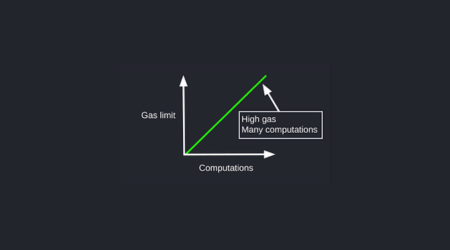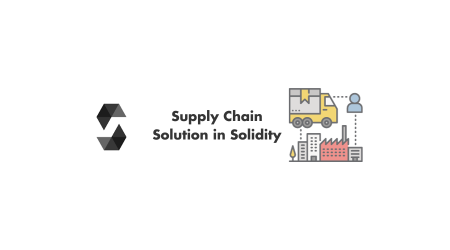Are you skeptical about the idea of storing data on the blockchain? Well, get ready to be convinced.
In this Solidity guide, we’ll explore the benefits of leveraging the blockchain for data storage. You’ll gain an understanding of Solidity, the programming language for smart contracts, and learn best practices for implementing data storage solutions.
We’ll also cover important security considerations to ensure your data remains safe.
So, if you’re ready to dive into the world of blockchain data storage, let’s get started!
1. Key Takeaways
- Increased security and immutability
- Encryption of data for privacy
- Accessible only by authorized parties
- Efficient storage and retrieval of large amounts of data
2. Benefits of Storing Data on the Blockchain
One benefit of storing your data on the blockchain is that it provides you with increased security and immutability. The blockchain offers a solution to the growing concern of data privacy by encrypting your data and ensuring that it can only be accessed by authorized parties.
Additionally, the blockchain addresses scalability challenges by allowing for the efficient storage and retrieval of large amounts of data.
Understanding Solidity, the programming language for smart contracts, is essential in harnessing the full potential of blockchain technology.
3. Understanding Solidity: The Programming Language for Smart Contracts
To understand Solidity, you’ll need to familiarize yourself with its syntax and features.
Solidity is a programming language specifically designed for smart contract development on the blockchain. Its syntax and structure are similar to JavaScript, making it accessible for developers with prior coding experience.
Key features of Solidity include the ability to define data types, write functions, and implement control flow structures.
Understanding Solidity is essential for effectively utilizing best practices for storing data on the blockchain with Solidity.
4. Best Practices for Storing Data on the Blockchain With Solidity
Using best practices when storing information on the blockchain with Solidity is crucial for maintaining the integrity and security of the data.
Data encryption plays a vital role in ensuring that sensitive information remains confidential. Solidity provides various encryption techniques, such as symmetric and asymmetric encryption, to safeguard data.
Additionally, gas optimization techniques should be employed to minimize the cost of storing data on the blockchain. By implementing these practices, you can ensure the safety and efficiency of your data storage solutions in Solidity.
5. Implementing Data Storage Solutions in Solidity
Implementing data storage solutions in Solidity requires careful consideration of encryption techniques and gas optimization methods to ensure the security and cost-efficiency of the stored information. Here are some key considerations to keep in mind:
- Data encryption techniques: Utilize encryption algorithms like AES or RSA to protect sensitive data from unauthorized access.
- Gas optimization: Optimize storage operations to minimize gas costs and improve efficiency.
- Scalability challenges: Address the issue of limited storage capacity and explore solutions like sharding or off-chain storage.
- Smart contract design: Design contracts with efficient data structures and avoid unnecessary data duplication.
Considering these factors will help you create robust and secure data storage solutions in Solidity.
Now, let’s delve into the important security considerations for data storage on the blockchain.
6. Security Considerations for Data Storage on the Blockchain
When it comes to securing your stored information on the blockchain, it’s essential to consider encryption techniques and gas optimization methods.
Data encryption ensures that your data is protected and only accessible to authorized parties.
Gas optimization techniques help minimize the cost of storing data on the blockchain.
Additionally, data immutability is a crucial aspect of blockchain technology, ensuring that once data is stored, it cannot be altered or tampered with, providing a high level of security for your stored information.




